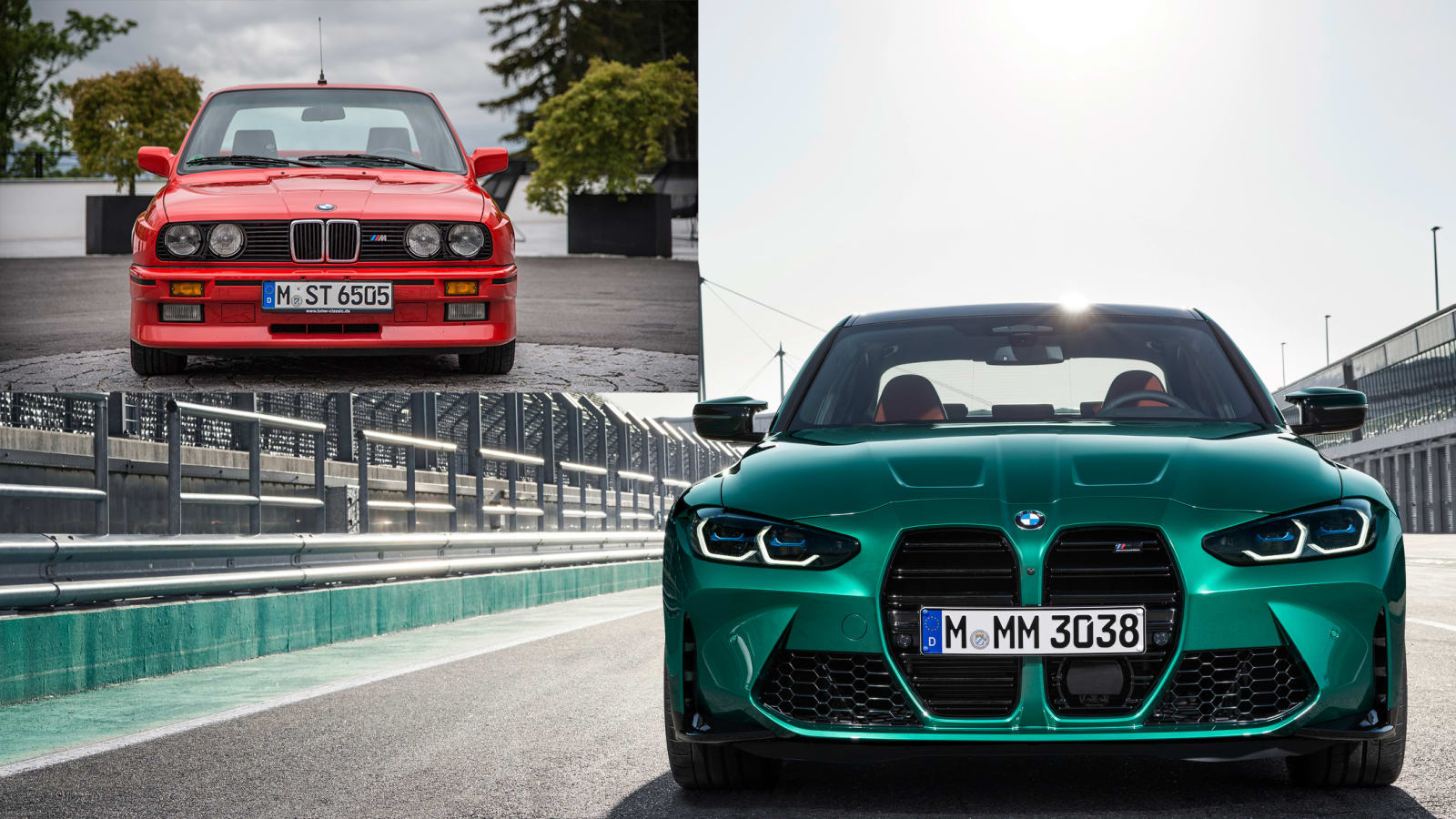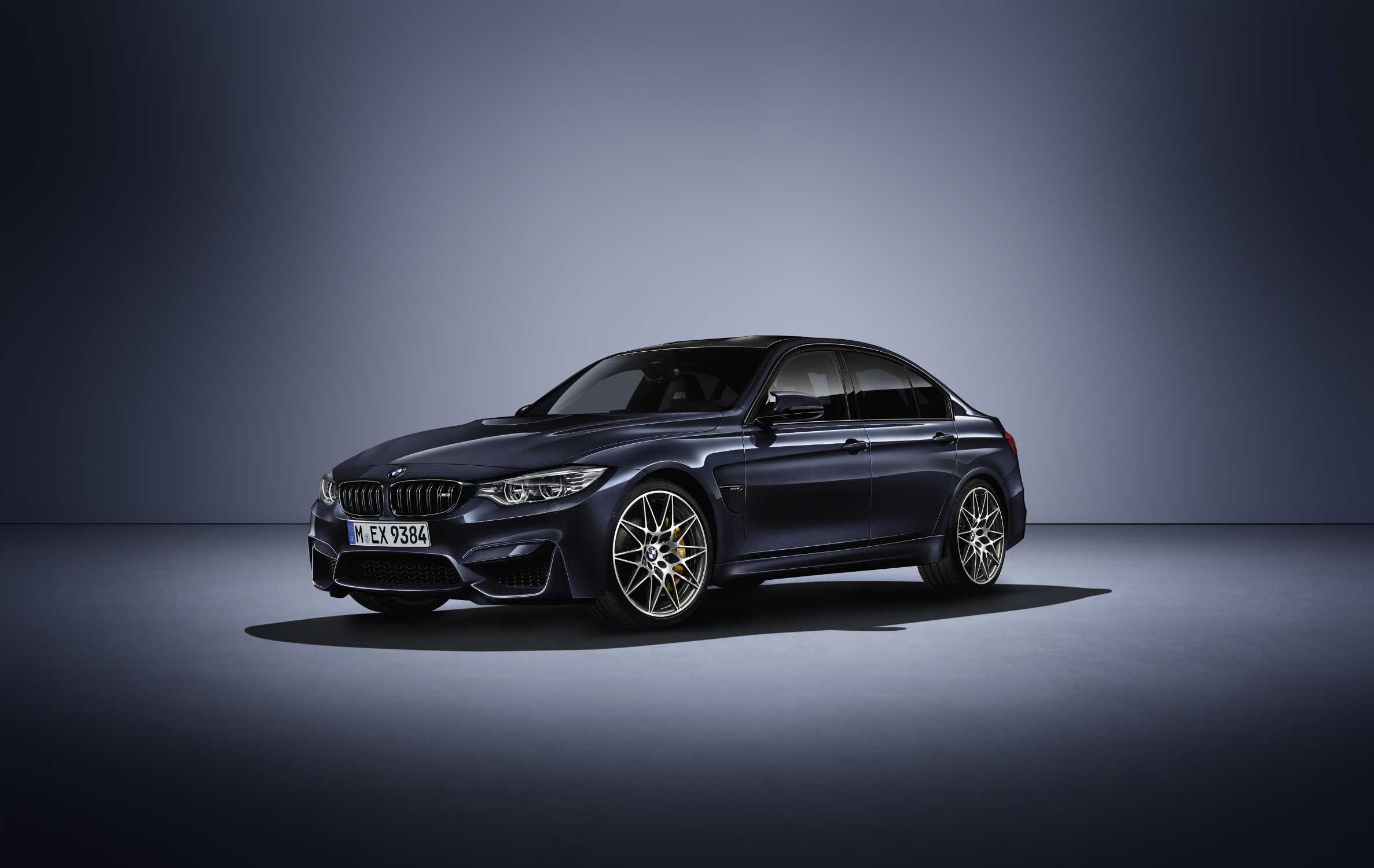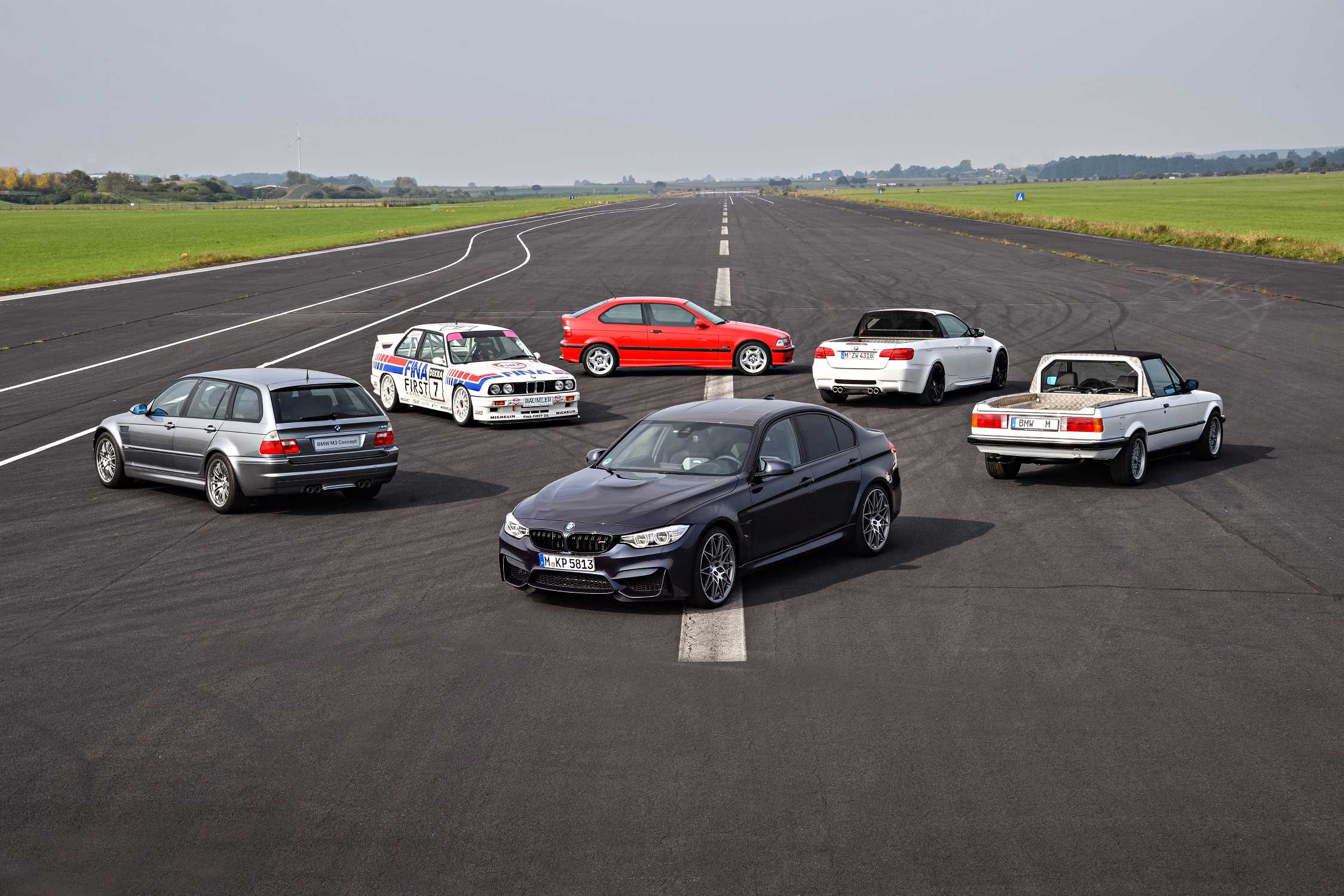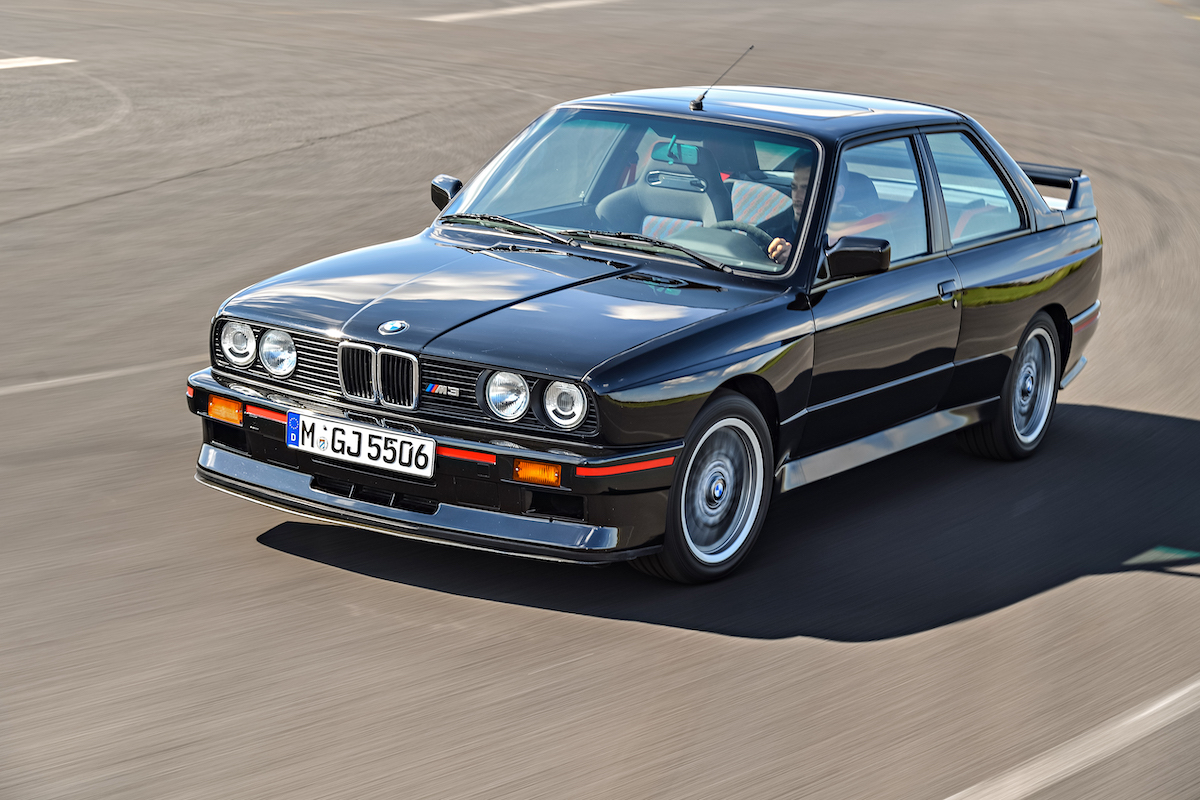
The BMW M3: A Legacy of Performance, But Some Years to Avoid
The BMW M3. A name synonymous with driving pleasure, precision engineering, and a lineage steeped in motorsport heritage. From its humble beginnings as a homologation special to its current status as a technological tour de force, the M3 has consistently pushed boundaries and captivated enthusiasts. But even within this storied history, certain years stand out as less desirable than others. This article will delve into the specific years of the BMW M3 that enthusiasts should approach with caution, exploring the reasons why they might not be the best investment or driving experience.
Generation E30 (1986-1991): The Original and its Quirks
The first-generation M3, the E30, is often considered the holy grail of the model line. Its lightweight construction, potent 2.3-liter four-cylinder engine, and exceptional handling cemented its place in automotive history. However, even this iconic generation has its drawbacks.
- Rust: The E30 M3, particularly those produced in the early years, is notorious for rust issues. The car’s relatively thin body panels and limited rust protection can lead to significant corrosion, especially in areas like the wheel arches, rocker panels, and trunk floor.
- Electrical Issues: The E30’s electrical system, while reliable in its day, can become troublesome with age. Wiring harnesses can deteriorate, sensors can fail, and the overall system can become prone to glitches.
- Engine Wear: While the S14 engine is known for its durability, high-mileage examples can suffer from wear and tear, particularly in the valve train and cylinder head.
Generation E36 (1992-1999): A Shift in Focus
The E36 M3 marked a significant shift in the model’s philosophy. Gone was the lightweight, pure-bred focus of the E30, replaced by a more refined and luxurious approach. However, this evolution brought with it some drawbacks.
- Early Model Reliability: The early E36 M3s, particularly those produced in 1992 and 1993, suffered from a number of reliability issues. These include problems with the Vanos system, engine management system, and cooling system.
- Engine Power: While the E36 M3’s 3.0-liter inline-six engine was a masterpiece in its own right, it lacked the raw power and responsiveness of its predecessor.
- Suspension: The E36’s suspension, while comfortable, was not as sharp or engaging as the E30’s. This led to a slightly less involving driving experience.
Generation E46 (2001-2006): The Pinnacle of Performance?
The E46 M3 is widely regarded as the pinnacle of the M3 lineage. Its potent 3.2-liter inline-six engine, exceptional handling, and refined interior set a new benchmark for performance and luxury. However, this generation also has its share of potential issues.
- SMG Transmission: The E46 M3 offered a Sequential Manual Gearbox (SMG) option, which was a revolutionary technology at the time. However, the SMG system can be prone to problems, particularly with hydraulics and clutch actuation.
- Rod Bearing Failure: A significant issue affecting the E46 M3 is rod bearing failure. This can occur due to a number of factors, including improper maintenance, high-performance driving, and even extended periods of idling.
- Electrical System: Like the E30, the E46 M3’s electrical system can become problematic with age. Wiring harnesses can deteriorate, sensors can fail, and the overall system can become prone to glitches.
Generation E90/E92/E93 (2008-2013): The V8 Era
The E90/E92/E93 M3 marked a departure from the traditional inline-six engine, adopting a powerful 4.0-liter V8. This change brought with it a more aggressive and visceral driving experience, but also some potential issues.
- High Maintenance Costs: The V8 engine, while powerful, is more complex and requires more frequent maintenance than the inline-six. This can translate into higher ownership costs.
- Oil Consumption: Some E90/E92/E93 M3s have been known to experience excessive oil consumption, particularly those with higher mileage.
- Valve Train Issues: The V8 engine can suffer from issues with the valve train, which can lead to ticking noises and reduced performance.
Generation F80/F82/F83 (2014-2020): The Turbocharged Revolution
The F80/F82/F83 M3 ushered in a new era of turbocharged power. This generation featured a 3.0-liter twin-turbocharged inline-six engine, offering a significant increase in power and torque compared to its predecessors. However, the turbocharged nature of the engine also introduced some potential issues.
- Turbocharger Problems: Turbochargers are complex components, and they can sometimes suffer from problems, particularly in high-performance applications. This can lead to reduced power, increased turbo lag, or even complete failure.
- Carbon Build-Up: Turbocharged engines are prone to carbon build-up, which can affect performance and fuel economy.
- Transmission Issues: The F80/F82/F83 M3’s dual-clutch transmission (DCT) is a sophisticated piece of engineering, but it can also be prone to problems, particularly with clutch actuation and software glitches.
Generation G80/G82/G83 (2021-Present): The Latest Iteration
The G80/G82/G83 M3 represents the latest evolution of the model. It features a more powerful and refined version of the twin-turbocharged inline-six engine, as well as a host of technological advancements. However, as with any new car, there are potential issues that may arise with this generation.
- Early Reliability: It’s too early to say definitively what reliability issues may arise with the G80/G82/G83 M3. However, as with any new car, there is always the potential for teething problems.
- Technological Complexity: The G80/G82/G83 M3 is packed with advanced technology, which can increase the complexity of maintenance and repairs.
- Software Glitches: As with any car that relies heavily on software, there is always the potential for software glitches to arise.
Tips for Avoiding Potential Issues
- Thorough Inspection: Before purchasing any used M3, have it inspected by a qualified mechanic. This will help you identify any potential issues and ensure you’re getting a car in good condition.
- Maintenance Records: Request the car’s maintenance records. This will give you an idea of how the car has been maintained and whether it has any history of problems.
- Avoid High-Mileage Examples: High-mileage M3s are more likely to have experienced wear and tear, which can lead to costly repairs.
- Research Common Issues: Familiarize yourself with the common issues associated with the specific year and model of M3 you’re interested in. This will help you identify potential red flags.
- Consider a Certified Pre-Owned (CPO) Option: CPO M3s often come with extended warranties and have been inspected by the dealer, reducing the risk of buying a problem car.
Conclusion
The BMW M3 is a legendary car, but even the best machines can have their flaws. By understanding the potential issues associated with different years and models, you can make an informed decision and avoid buying a lemon. Remember to conduct thorough research, have the car inspected, and prioritize maintenance to ensure you enjoy the exhilarating driving experience that the M3 is renowned for.







